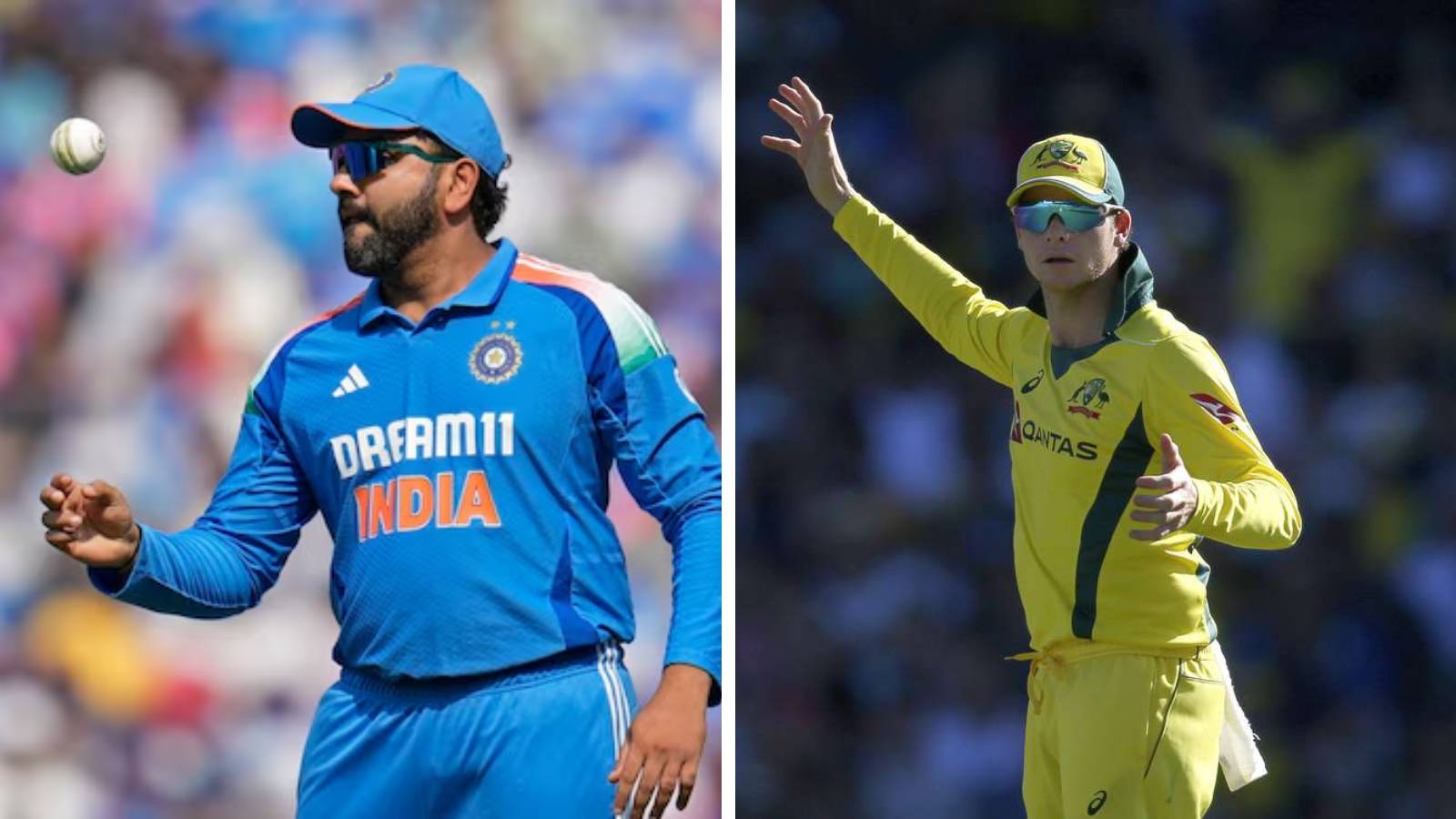 |
|
The upcoming ICC Champions Trophy 2025 is facing a significant challenge: a wave of injuries impacting several key teams. The tournament, scheduled to begin on February 19th, will see a number of star players sidelined, leaving their respective teams to contend with weakened squads and potentially altered game strategies. This widespread injury crisis highlights the intense physical demands placed on players throughout a long and grueling cricketing season. The cumulative effect of numerous matches, demanding travel schedules, and the inherent risks of the sport itself contribute to a higher likelihood of injuries occurring just prior to major tournaments like the Champions Trophy. The impact of these absences reverberates beyond just the individual players, affecting team dynamics, morale, and overall performance on the field. Team management will be tasked with finding suitable replacements and strategizing to mitigate the loss of experienced and high-performing players.
Australia, the reigning world champions, find themselves in arguably the most dire situation. Their pace bowling attack, a cornerstone of their success, has been decimated by injuries. Captain Pat Cummins, along with Josh Hazlewood, are both ruled out, a blow of immense proportions. Adding insult to injury, Mitchell Starc has withdrawn from the tournament due to personal reasons, further depleting their already thin fast-bowling resources. This leaves Australia facing a significant challenge in finding adequate replacements capable of replicating the skill and experience of these world-class bowlers. Their woes extend beyond the pace attack; all-rounder Mitchell Marsh is also injured, and the shock retirement of Marcus Stoinis further compounds their difficulties. This leaves Australia facing a daunting task, striving to overcome these setbacks in a tournament where they haven't tasted victory in the last two editions.
The absence of injured players isn't limited to Australia. India, for instance, will also be without the services of the formidable Jasprit Bumrah. His absence represents a considerable loss to the Indian team, given his pivotal role in their bowling strategy. This highlights the broader issue facing all participating teams; balancing the demands of a lengthy cricketing calendar with the need to maintain player fitness and well-being. The sheer volume of matches played throughout the year puts immense strain on players' bodies, increasing the risk of injuries and ultimately affecting team performance at crucial tournaments. The injury crisis is a testament to this high-pressure environment, forcing teams to adapt and find alternative strategies to compensate for their absent star players.
The strategic implications of these absences are profound. Teams will have to reassess their bowling plans, batting orders, and field placements to compensate for the loss of key individuals. The lack of experienced players could lead to a decrease in team cohesion and an increase in reliance on younger, less experienced players. This will inevitably impact decision-making on the field, potentially creating vulnerabilities that opposing teams can exploit. The pressure will be on the replacement players to step up and deliver crucial performances in the absence of their more established teammates. Their success or failure will significantly influence their respective team’s prospects in the tournament.
Looking ahead, the Champions Trophy 2025 promises to be a fascinating tournament with several compelling narratives. The absence of key players injects an element of uncertainty, shifting the balance of power and offering opportunities for other teams to emerge as contenders. The focus will be on how teams adapt to the challenges presented by injuries and how effectively they can integrate replacement players into their strategies. The tournament provides a platform to showcase the resilience and adaptability of teams as they strive to overcome adversity and compete for the coveted title. The impact of these injuries underscores the importance of player management, injury prevention programs, and the careful balancing of cricketing schedules to ensure the long-term health and well-being of players.
Beyond the immediate impact on the tournament, the injuries also raise broader questions about the sustainability of the current cricketing calendar. The sheer volume of matches and the extensive travel demands place enormous strain on players' bodies, increasing the likelihood of injuries. This prompts discussion about potential reforms, such as reducing the number of matches, optimizing travel schedules, and implementing better injury prevention strategies. Finding a balance between maximizing the commercial appeal of the sport and safeguarding the well-being of its athletes is a vital challenge for governing bodies. Failure to address this will potentially lead to more widespread injury crises in the future, impacting the quality of the game and the careers of talented players.
Source: ICC Champions Trophy 2025: Team-wise injury list, ruled out players and replacements
